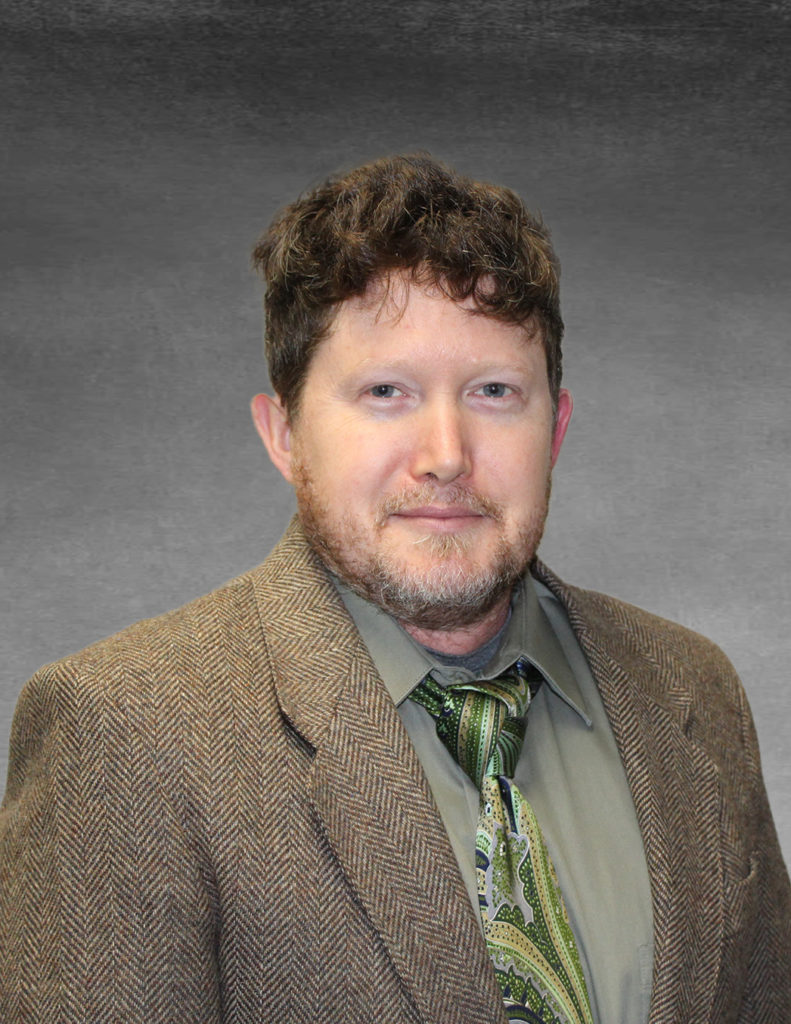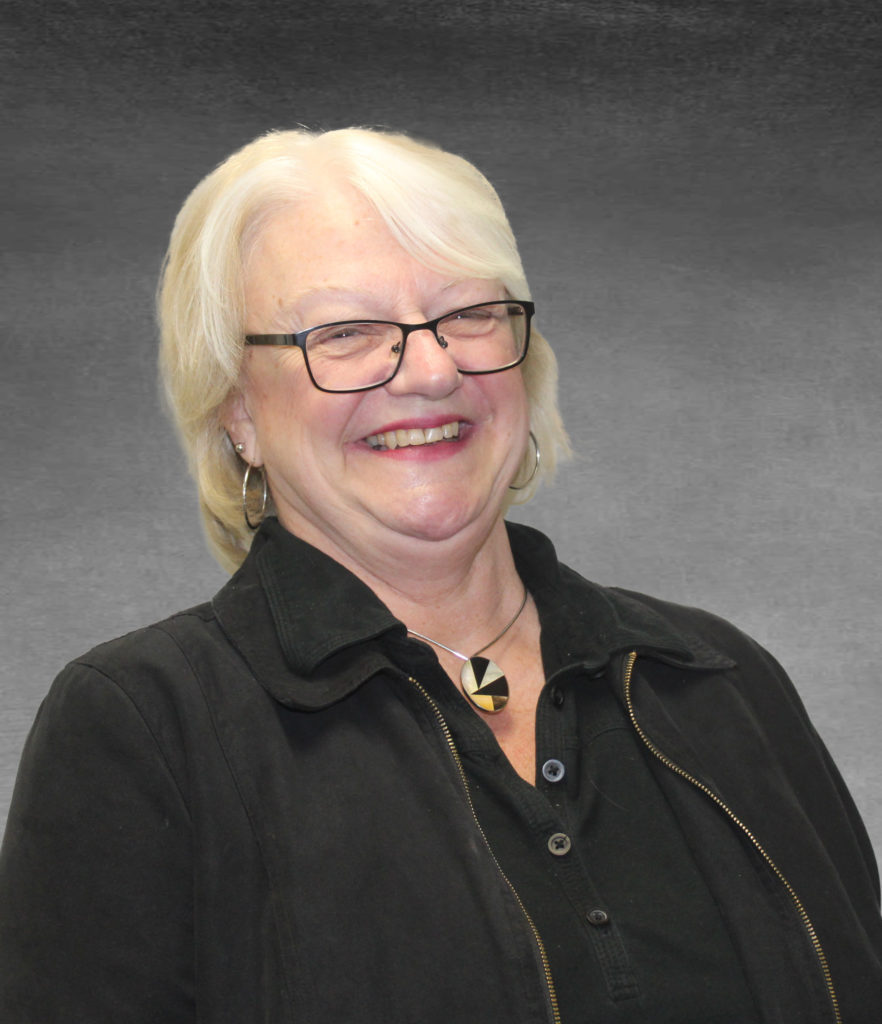Deaf and Hard of Hearing Services Stands with NAD on White House Lawsuit
by Rowan S. O’Dougherty, D&HHS board president, and Deb Atwood, D&HHS executive director
Earlier this month, the National Association of the Deaf (NAD) sued the White House.
The lawsuit came after many failed attempts by the NAD, and others, to have live American Sign Language interpreters present during coronavirus press conferences by President Donald Trump and other members of his administration.
Also part of the lawsuit are five Deaf folks: Carlton Strail, Graham Forsey, Debra Fleetwood, John Rivera Jr., and Corey Axelrod. Graham Forsey was part of our organization’s Board of Directors at one time, and Corey Axelrod was a presenter last fall at our 10th annual Silent Weekend, an event that saw almost 150 people come from across the midwest for seminars, workshops, speakers and more from all Deaf presenters, with ASL being the only mode of communication.
One attendee, an ASL interpreter, noted that Silent Weekend is “a wonderful opportunity to immerse yourself in ASL, an opportunity that challenges you to use the language with your every waking moment, not just in the classroom.”
The lawsuit filed by the NAD to compel the White House to use ASL also recognizes the beauty and wonder of ASL and its critical importance to the Deaf at all times but especially in a time of Covid-19 when access to information is sometimes a matter of life and death. Captioning, the suit noted, is helpful but interpreters at press briefings are vital to avoid possible misunderstandings.
But why are live interpreters so important? Why does the lawsuit filed by the NAD argue that captions are not good enough and that certain nuances and details can only be conveyed by a sign language interpreter?
A little background on ASL might be helpful.
Deaf and Hard of Hearing Services, before COVID-19, placed some 400 interpreters every month in 27 counties in West Michigan, everything from schools to hospitals to routine appointments Deaf people might have. We know interpreters.
ASL is a visual language. We use non-manual devices such as head and body movements, facial expressions and mouth movements as part of our language. The use of a specific eyebrow movement could change the meaning of a signed utterance. These non-manual devices (such as frowning or grimacing) can also show the importance of the signed utterance, hence the use of such devices by the interpreters during the COVID-19 public announcements.
Indeed, these movements are an integral part of the language and needed to clearly express complex ideas. Since Deaf people can’t hear the tone of voice the speaker is using, the facial expressions and body language of the interpreter conveys whether the speaker is serious, excited, assertive, timid, or monotonous as well as whether a message is a directive, a statement, or a question.
In addition there are hearing interpreters and Deaf interpreters. Deaf interpreters are native ASL users who can provide interpretation that is culturally correct, and they can help the hearing interpreter with subtle ASL nuances that may be missed.
The NAD has an excellent paper on its website called “Position Statement on Accessible Emergency Management for Deaf and Hard of Hearing People.”
They note that “With over 48 million Americans who are deaf or hard of hearing, it has been well documented that this population often experiences the most difficulty when it comes to preparing for and recovering from emergencies and disasters.” Also, Title II of the Americans with Disabilities Act (ADA) prohibits discrimination by state or local governments and ensures that state and local governments make their communications, including emergency communications, fully accessible to people with disabilities. This includes live and recorded announcements made by local governments including mayors and governors. Basically, the ADA entitles Deaf to Emergency Broadcast information, much the same way they have the right to communication access at any business open to the public.
For many Deaf people around the world the pandemic has made life pretty tough. Masks are difficult for Deaf people who need to see mouth morphemes or lip read. There is a flood of information online and in the media about Covid-19, but the Deaf have very little access to it in their own language, and it is therefore less accessible to them.
At the end of the day, American Sign Language, a beautiful language created by the Deaf, is a life-giving and possibly life-saving tool for the Deaf.
We stand in solidarity with the NAD in its lawsuit against the White House, and we encourage President Trump and all elected officials to use in-person ASL interpreters as we continue to together fight the Covid-19 pandemic.


